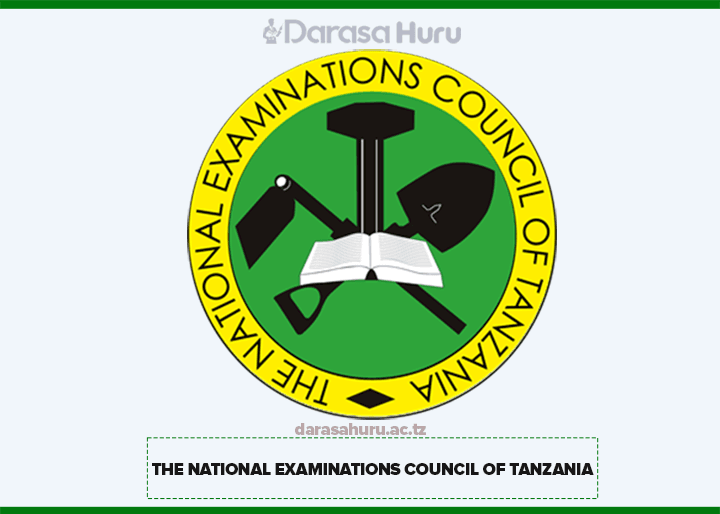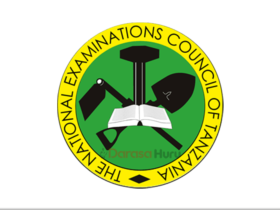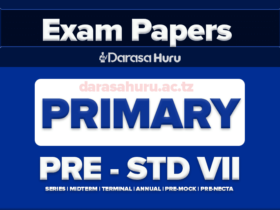Chapter Ten: Creating a Variety of Texts Using Appropriate Tone and Register – English Form One
Introduction
In creating various texts, tone and register are of utmost significance. Tone refers to the attitude or feelings you have about the topic you intend to write on while register is the level of formality or the use of language according to the context. In this chapter, you will learn the main stages of writing texts. Next, you will learn how to write friendly letters and invitations. Thirdly, you will learn how to create dialogues on various topics. Thereafter, you will learn how to create and express your daily and weekly routines orally. The competencies developed will enable you to create a variety of texts using appropriate tone and register according to the context.
Think About
- The way you use language in different settings.
- The differences you observe when you read different texts.
Activity 1: Recognizing the Main Stages in Writing Texts
Five Stages of Writing
Gathering materials, organizing thoughts, and planning your writing. This is the foundation for your writing – like collecting ingredients for a special meal.
Putting your ideas in written form. Let your creativity flow and get words down on paper – like a chef’s first attempt at preparing a meal.
Reviewing and improving the draft. Checking critically and improving content – like adjusting flavors and spices in a meal.
Polishing the writing to make it error-free. Checking for grammar, spelling, punctuation, consistency and arrangement of sentences.
The final step – reviewing the whole text line by line to identify and correct any remaining errors. Like the last tasting before the meal leaves the kitchen.
Discussion Questions:
- What is the difference between pre-writing and drafting stages?
- What is the difference between editing and proofreading stages?
- Which stage do you think is most important? Why?
- Is writing without following these stages wrong? Why?
Practice: Choose any topic and write two paragraphs following the stages in writing that you have learned.
Activity 2: Writing Friendly Letters and Invitations
Different Tones in Writing
Text A (Happy Tone): “Hello Tahilii! I just called to share some very good news that has filled my heart with joy. This beautiful morning, everything seems to be going just right. I can’t help but smile when I think about all the blessings in my life.”
Text B (Sad Tone): “I feel very sad today. There’s deep sorrow within me. It seems like everything is not going according to plan, and I don’t know what to do. I feel lonely and empty.”
Text C (Formal Register): “There is a cholera outbreak in our village. Our health centre has reported an increase in the number of patients with the symptoms. Immediate action should be taken, including the provision of clean drinking water and proper sanitation facilities.”
Key Definitions:
Tone: The attitude or feelings a writer has about the topic
Register: The level of formality or use of language according to context
Formal Register: Used in academic writing, business communication, official documents
Informal Register: Used in everyday conversations, emails to friends, casual writing
Writing Friendly Letters
Components of a Friendly Letter
1. Sender’s Address: Write your address on the top right corner
2. Date: Write the date on the top right corner
3. Greetings/Salutations: Start with a friendly greeting
4. Introduction/Opening: Write a sentence or two to introduce the letter
5. Body: The main part with news, thoughts or questions
6. Closing: End with a friendly remark
7. Name: Write your name at the end
Example of Friendly Letter
P. O. Box 2312
Bububu, Zanzibar
October 16, 2023
Dear Fetty,
I hope this letter finds you well. It feels like ages since we last saw each other. I wanted to drop you a quick note to catch up and say how much I miss you.
My school life at the boarding school has been crazy. When we first arrived early February, a party was organized in our honour. Many Form One students attended it. I could not go because you know how scared I get when I am around many people.
I cannot wait to see you during the December holidays.
Your loving friend,
Poppy
Writing Invitations
Creating Invitation Cards
Invitation Writing Tips:
- Use the present continuous tense for plans
- Begin with capital letters for days, months, names
- Use “hope you can come” to complete your invitation
- RSVP means “please reply”
- Provide complete information about the event
- Give contact information
- Specify requirements if any
- Review before sending
Example of Invitation Card
Dear Raheem,
I am planning a birthday party and I want you to be part of the fun.
Date: Saturday, 12th November
Time: 2:00 pm
Place: Tabata Relini
We will be serving different snacks, drinks and cake. Wear anything you feel comfortable in, but make sure it is blue. Your presence is the best present!
Please RSVP by 15th November at the mobile number 0075090000.
I can’t wait to see you.
Your friend,
Imma
Practice: Your birthday is coming up, and you want to invite a friend from your class. Write an invitation using all the components listed above.
Activity 3: Creating Dialogues on Various Topics
Environmental Dialogue Example
Hello, guys! Back to today’s business; what are we discussing today?
We agreed to talk about the environment.
Okay! Who can tell us the meaning of environment?
If I can chip in quickly, I believe it is everything around us – the air we breathe, the water we drink, the land we cultivate, animals, even the trees we are sitting under right now.
I agree. Our environment consists of all things and their surroundings. So it’s important to protect it.
Why should we? Protect it, I mean.
Dialogue Analysis:
- What is the purpose of this dialogue?
- What are the key features of a good dialogue?
- Discuss the language features used in the dialogue.
Dialogue Topics
- Environmental conservation
- School life and challenges
- Future career plans
- Social issues in community
- Technology and education
Dialogue Features
- Natural conversation flow
- Appropriate character voices
- Realistic interruptions
- Proper punctuation
- Clear topic development
Practice: Compose a dialogue of not more than a page using any topic of your choice. Then, act it out to the class.

































Leave a Reply